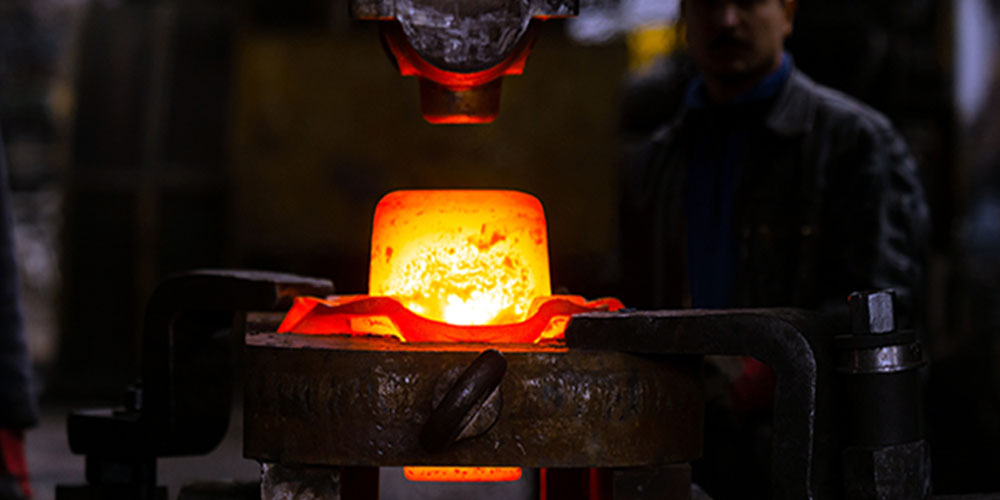There will be no exaggeration in saying that today's world is machinery where everything is done by machines. But if you talk about the formation of auto parts then there is nothing better than forging. Any auto part created by forging is much stronger and more reliable than manufacturing the same part by a machine.
Therefore we can state that there is no competitor of forging in terms of creating reliable and powerful auto parts. Moreover, forcing also allows us to form parts of a desired size, shape, and features. For more in-depth knowledge, you can opt to read content from chin’s page. Let us get a glance over hot die forging and its prominent characteristics.
Defining Hot Die Forging
Hot die forging can be defined as the forging technology that includes the method where before forging, heating of metal blank is done. In the process, the temperature at which the metal blank is to be heated must be higher than the material recrystallization temperature.
After heating, the metal blank is converted plastically into the structure of forging. In simple words, hot die forging can bear all kinds of bending, tension, and pressure. The material whose forging has to be done is softened and recovered during the hot die forging. The main thing is that the maximum elevated temperature of the part is maintained all over the forging procedure.
Hot Die Forging Characteristics
Hot die forging comes up with amazing characteristics. These characteristics include precise size, low labor intensity, small machining allowance, high production efficiency, and many more. Moreover, it is highly preferable where the creation of complex shapes is required.
But the thing that has to be kept in mind is that this forging is not recommended for small batch production because of the high mold cost. However, it is considered the best choice for mass manufacturing.
Procedure of Hot Die Forging
Looking forward to the procedure of hot die forging, which includes billet making then pre-forging, and at last final forging. The final forging cavity has a dependence on a few factors like deviations, allowance, and the shape or size of forging. Open-die and closed-die forging are two of the forging categories of hot die forging.
Open Die Forging
In the case of open die forging, burr grooves are present around the die cavity. After the formation, the remaining excess metal is meant to flow into this groove. At the last, these burrs are removed.
Closed Die Forging
In the case of closed die forging, a very little amount of excess metal is left at the end. No burrs are required if the black is accurate.
Benefits of Hot Die Forging
Hot die forging comes up with a lot of benefits for the users. The benefits of hot die forging are as follows:
- The entire procedure is very simple and straightforward. Due to this reason, productivity remains high and it becomes an easy-to-realize mechanism.
- The service of the working part and its mechanical properties are balanced by distributing the forging streamline inside the forging.
- The flow of metal is fully guided by the die cavity and as a result, a more complicated forging shape is practiced.
- It becomes very easy to mold the plastic metal as it is heated at a very high temperature.
- We will get the benefit of intricate designing and shaping of the vehicle parts.
- Due to having a malleable state, hot die forging is recommended for the manufacturing of customized metal pieces.
- This procedure also allows users to create different complex as well as 3-D shapes
- The vehicle parts having a high formability ratio can easily be forged by this forging technique.
Ending Remarks
Hot die forging, the most demanding and reliable forging has successfully taken place of the machine and casting auto parts formation. Hence, now you can have your desired shape and size tool with full reliability. Because of having so many features and benefits, it is recommended for manufacturing complex vehicle parts.


